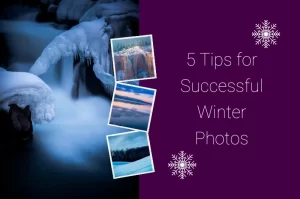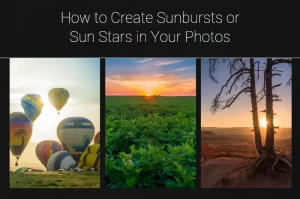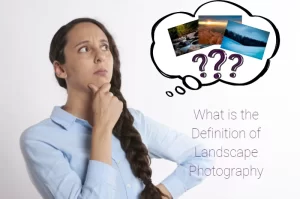I’ve been a photographer for several years now. I’ve tried out more than one genre of photography in my time too. One thing I keep running into are a few myths attached to photography. These often come from a common misconception about photography in general. So, today, I’d like to take on 5 such myths about photography and dispel them once and for all.
Firstly, these photography myths are in no particular order. Also, both photographers and members of the general public are susceptible to these myths. I believed some of them myself at one time. Don’t feel bad if that’s the case for you too.
1. All You Need is an Upgrade to Take Better Photos
Of all the photography myths here, this myth hits newer photographers hard. I fell victim to it as well. The sad truth is that this is nothing more than an illusion. If you want to take better photos, then you need to learn how to. More megapixels, a DSLR camera, or new gear of any kind will not automatically upgrade your photography quality.
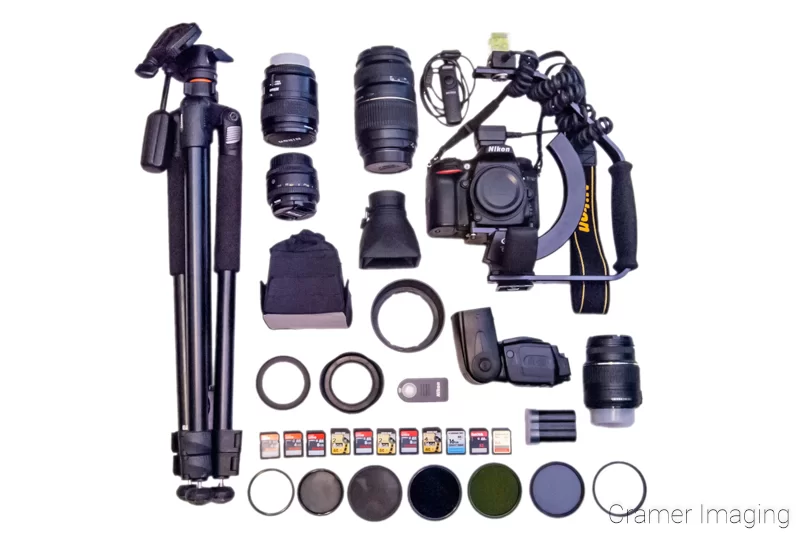
In my time, I thought that a DSLR camera would automatically improve my photography as a beginner. After all, that’s what the pros use to create such masterpieces. If only it really was that simple. I was super disappointed to look at my first photos after buying my first DSLR camera. Those photos were worse than those I created with a simple consumer grade camera. Indeed, it won’t matter what gear you have if you don’t know how to use it properly.

Instead, you need to learn the basics of how to take good photos first. Then, when you’ve reached the limits of your current gear, will an upgrade help you. It took me a few years, but I did learn what I was doing with a camera. Then, later, I did run into limits. My then current camera equipment simply could not let me take the kinds of photos I wanted to take. That’s when I started seriously looking at upgrades. I’ve returned to shopping for upgrades as necessary.
2. I Can Do It Better with a Smartphone
Conversely, we have this photography myth. Many people believe that they can achieve the same or better results as professional photographers with nothing more than their smartphones. Again, sadly, this is not true. While smartphone cameras are constantly improving, they still have as yet to compare to a basic SLR or DSLR camera and the image quality achieved there.
A few points come up when comparing smartphone cameras to DSLR cameras. These points are lens size and zoom power, image resolution, camera modes vs. camera controls, and filters. While, perhaps, not an extensive list, this list is good enough to make my point.
Lens Size and Zoom Power Comparison
Let’s start by comparing the lens size of a DSLR camera to that of a smartphone.

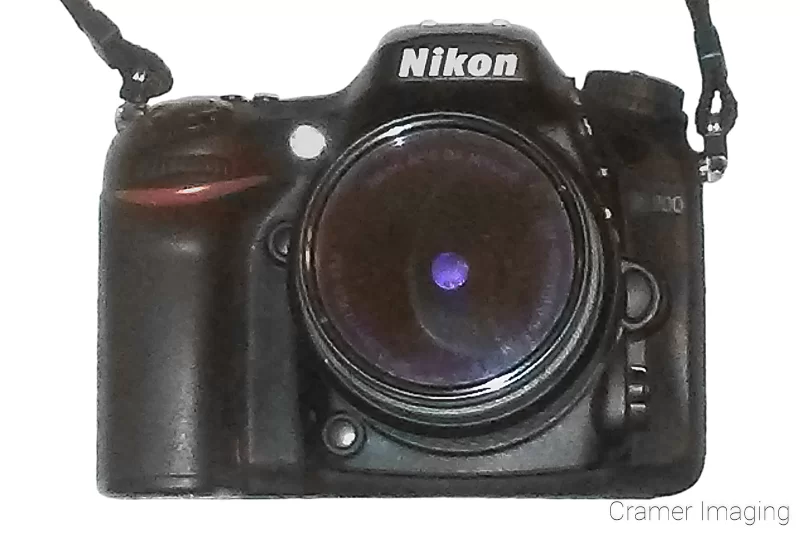
Perhaps you see a rather sizable difference. The smartphone camera lens is tiny where the DSLR camera lens is so much bigger. There’s simply no way that the tiny smartphone camera lens will have the same magnification power as the DSLR lens will.
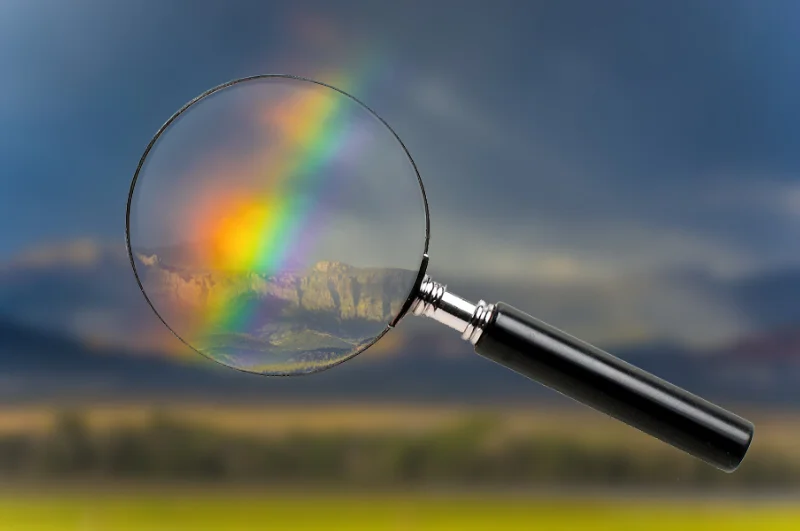
Now, consider that your smartphone camera cannot properly zoom in. In order to imitate the zoom of a regular camera, smartphones use digital zoom. This means that they essentially crop and zoom instead of using optics to zoom. With digital zoom, you end up with less megapixels overall. The resolution drops so it won’t look as seamless when you try and print it out.
Image Resolution
Let’s keep in mind that my current (at time of writing) smartphone camera has a resolution of 12 megapixels with dimensions of 9248 x 6936 pixels. My DSLR camera (at time of writing) has a resolution 24.2 megapixels (on a cropped sensor, no less) with dimensions of 6000 x 4000 pixels.

I’ll say it flat out: my 8 year old DSLR still way outperforms my 2 year old smartphone camera, even with the phone having a larger set of pixel dimensions. My DSLR makes up for that in spades with a much greater pixel density. I can easily expand images from my camera to match the pixel dimensions of my smartphone and still have a much denser pixel density with my camera.
Now, keep in mind that more modern DSLR cameras have a resolution much closer to 45 megapixels. There’s simply no comparison. Smartphones simply cannot do better than DSLR cameras can at photography from a resolution standpoint.
Camera Modes vs. Camera Controls
Perhaps you want to say that your smartphone has different modes which will help you take the kind of picture you want. You believe those modes should make up the difference between the cameras. The sad truth is that they don’t. Those camera modes don’t even come close to making up the difference between a smartphone camera and a DSLR. Before the market collapse because of smartphones, consumer grade cameras had those modes too. They didn’t make up the difference then either.
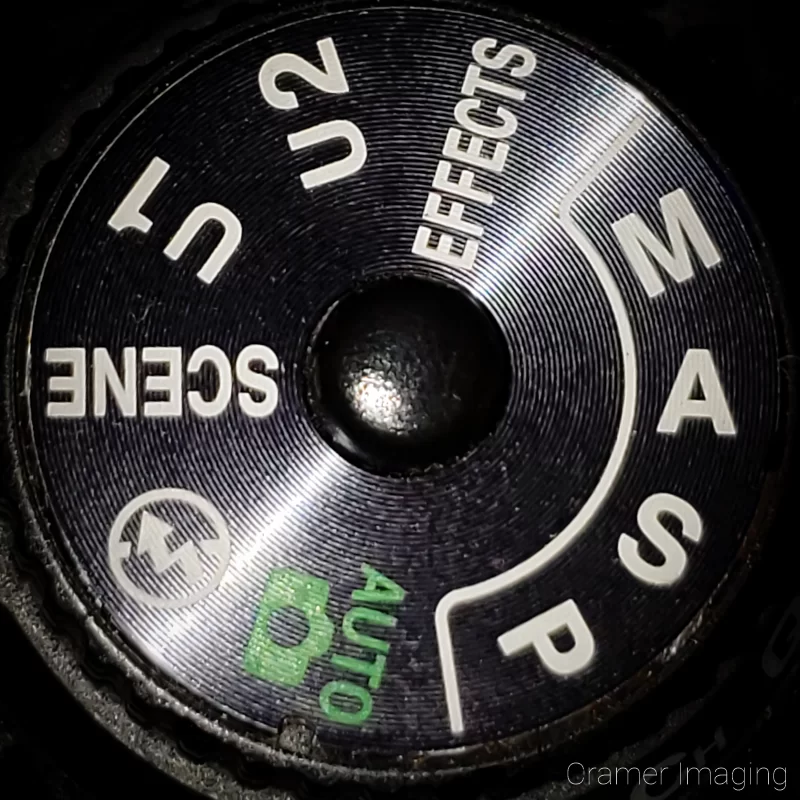
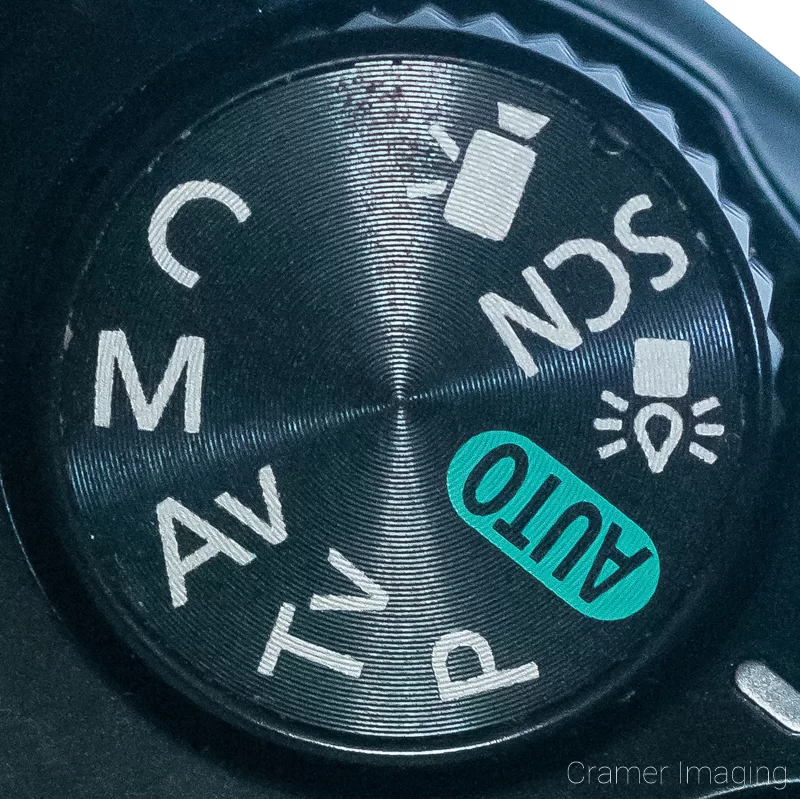
Those different camera modes are an attempt to help achieve something passable under a certain set of circumstances. Stray but a little outside those bounds, and the camera mode will fail you utterly. These camera modes often use little icons to help communicate their intended purpose. Look at the consumer-grade camera dial above. Notice the little candle icon? That mode is for candlelight. Notice the absence of such icons on the professional DSLR dial above? The absence is because professional photographers don’t need these little “cheats” if you will in order to create the image they want. Instead, they know how to manipulate the camera settings to achieve the desired result.
Let’s show an example of a kind of image where your smartphone camera modes will fail to capture it properly.
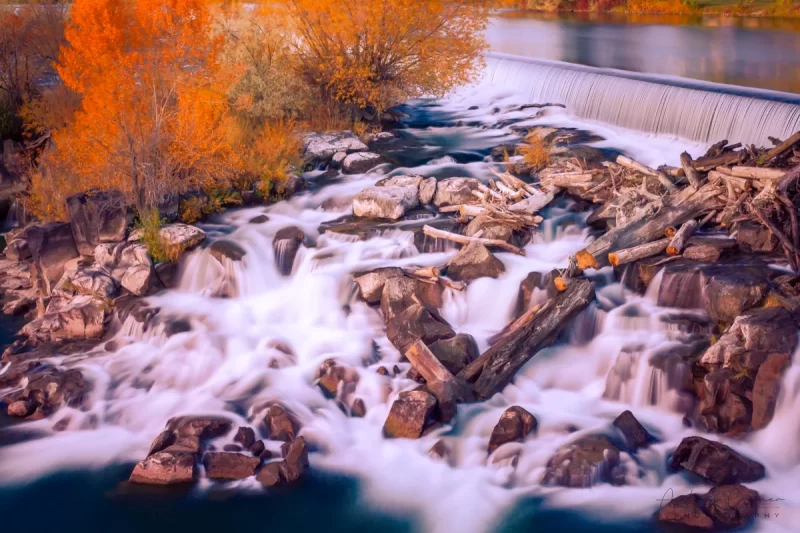
Take a look at this beautiful landscape scene. I took this shot during blue hour. It is a long exposure too. Now, if you were to attempt this shot for yourself on your smartphone, what mode would you choose? Landscape mode? It’s too dark for that to properly expose. The image would be too dark. How about night mode? Blue hour is too bright for night mode to properly expose too. The image would be way too overexposed. How would you account for the long exposure to soften the water? I don’t think your smartphone camera has that ability.
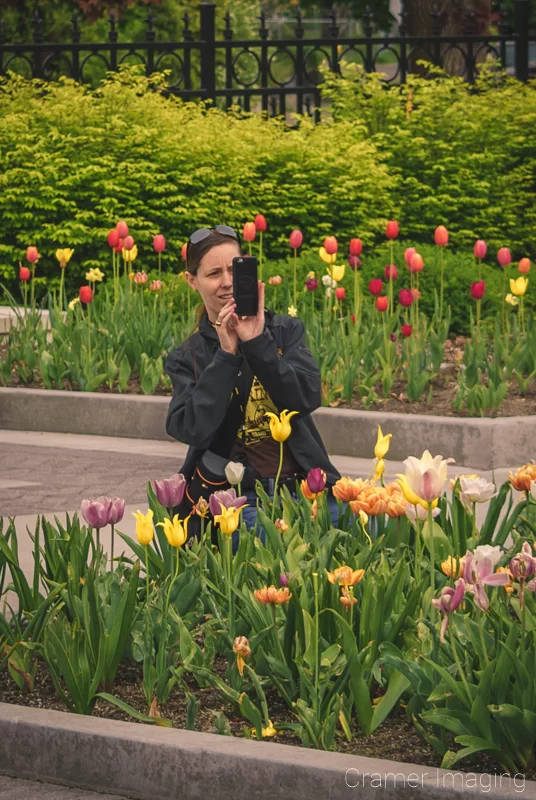
My current phone (at time of writing) doesn’t come close to giving me shooting modes (save for maybe a couple) but it will give me some semblance of professional controls if I dig into the settings deeply enough. However, there’s no aperture control and 2 settings for zoom: wide and ultra wide. I’ll tell you how this compares to my DSLR: it’s a start but far from the goal in my opinion. My smartphone camera is completely incapable of taking the waterfall image displayed above. But my DSLR is capable of it.
With the full set of camera controls (aperture, shutter speed, ISO, exposure value or EV, white balance, and more), I can manipulate my camera into taking a much wider range of images. My photography creativity options abound with all these camera controls. This means I can take photos like the waterfall above and more with my DSLR camera as opposed to my smart phone. The only limits are what my current DSLR camera equipment can do and what my budget can support for upgrades as necessary.
Filters
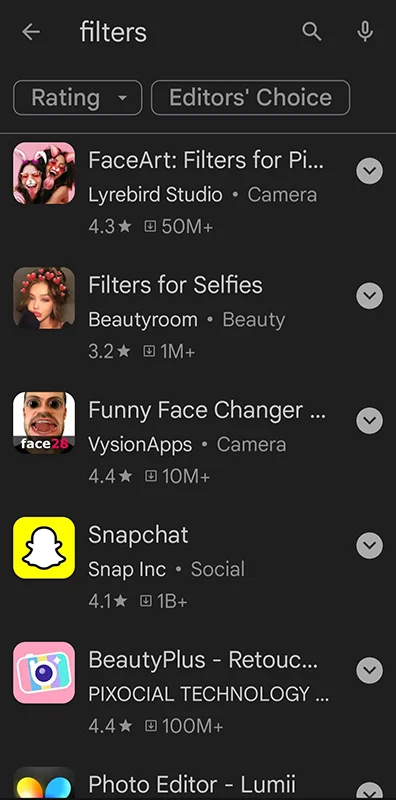
Perhaps you think that your smartphone can do photography better because you have access to a myriad of filters, both built-in and through apps. Well, as far as filtering goes, that’s what Photoshop and Lightroom are for. There are other professional-grade photo processing software options on the market too. Adobe has even created an app version of their popular software which photographers can access on their smartphones too.
There’s nothing which these cutesy pre-built filters have to add to photography which you cannot already do in higher end photo processing software. Photoshop will allow you to do much which these filters do and more. Perhaps you might argue about the convenience of the app right on the phone which created the photo. That’s where I can remind you that Adobe already made a version of their high end photo processing tool for smartphones. The convenience for filter apps isn’t as strong of an argument in light of the Photoshop app.
More About Smartphone Cameras vs DSLR Cameras
I don’t want you to think I’m being snobby about DSLR cameras here. In fact, I know that smartphones can take some excellent photos under certain circumstances. I often use my smartphone to take my behind-the-scenes photos. However, those optimal circumstances for smartphone photography are narrow compared to what DSLR cameras can do. This means that you cannot do it just as well or better with your smartphone. You simply can’t. So, please put this of all photography myths to rest once and for all. At least until smartphones improve to the point of really competing with DSLR cameras.

3. Photoshop is Magic
Of all the photography myths listed here, this one is perhaps the most annoying. Adobe’s Photoshop is the best known computer program or application for filtering photos. There are plenty of other options out there, but “photoshopping” is a well known verb in the English lexicon for a reason. Some people also tend to associate such filtering with what I can only describe as the equivalent of magic in photography. If I had a penny for every time someone told a photographer the equivalent of “but you can Photoshop it,” I’d be rich. I’ll give you some examples. Let’s start with reasonable and even easy examples.
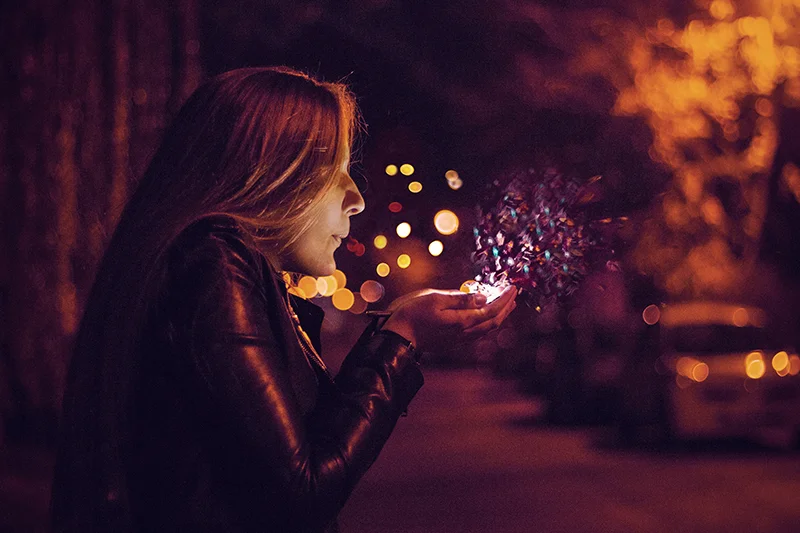
Easy Photoshop Examples
Sharpen a slightly blurry image? Sure. Brighten a slightly underexposed image. Yes. Remove a spot of dust on the lens? Yea probably (depending on where the spot is). Remove red eye from the flash? Absolutely. There’s even a tool built specifically for that very purpose. These are easy and reasonable requests. Now, let’s see some taller but still doable requests.

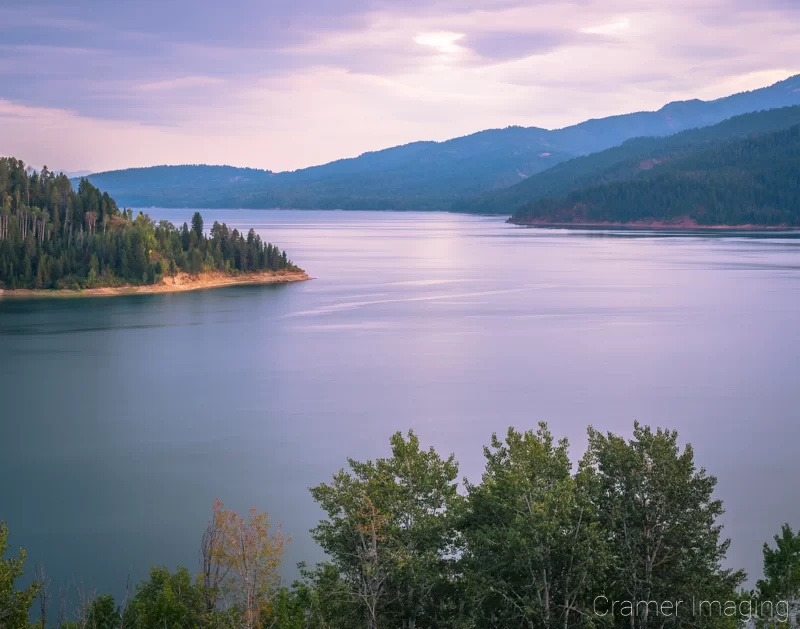
Moderate Photoshop Examples
Face swap because someone frowned or blinked at the wrong moment? If there’s a good alternate with the same general positioning, zoom factor, and lighting, it can be done. Remove a background? This might require some intricate and detailed work, but is oftentimes still doable. Straighten a curved horizon line? If you know the right tools, yes it is possible. Now let’s look at some of the more unreasonable “magic” type requests which photographers encounter.
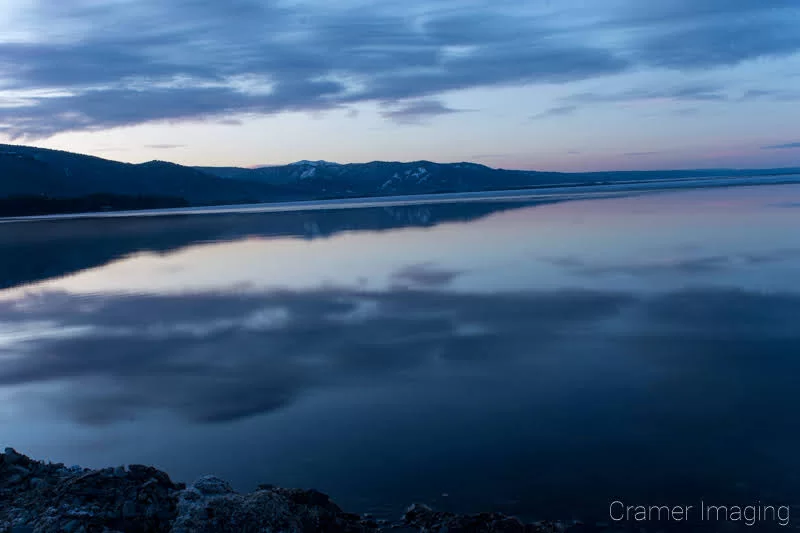
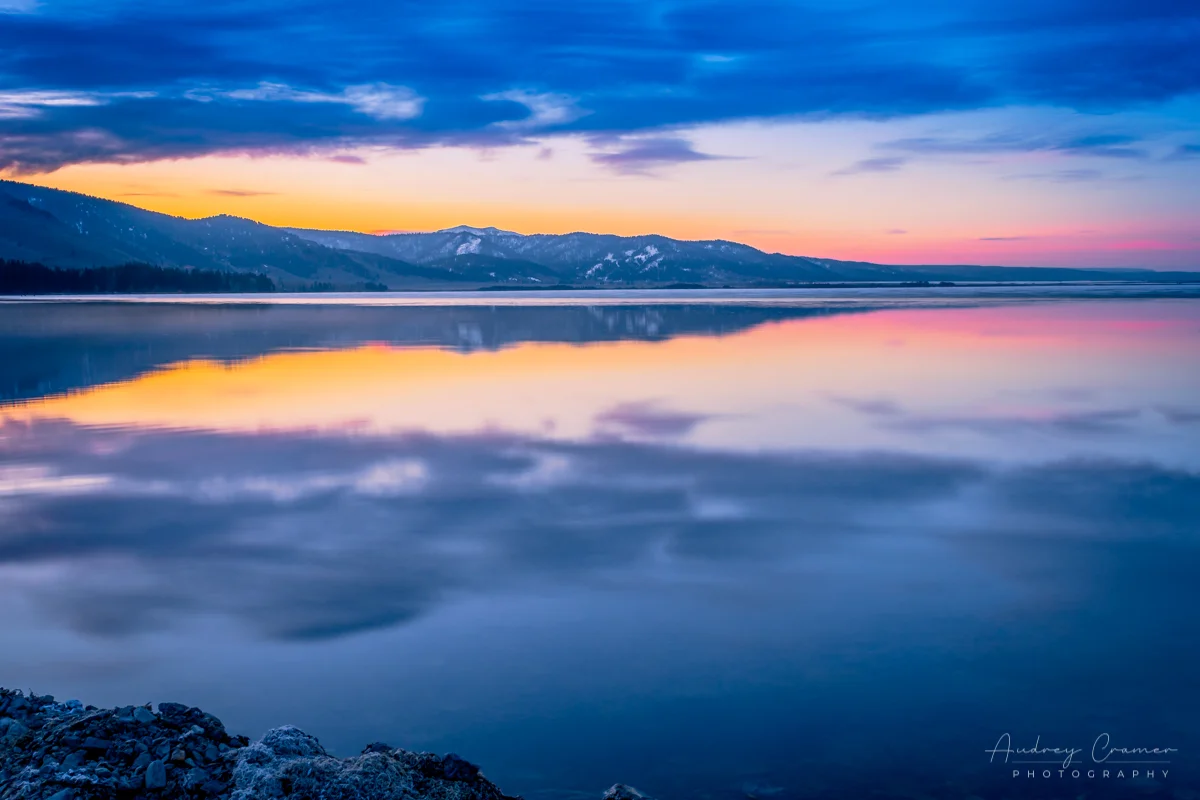
Difficult or Impossible Photoshop Examples
Remove someone from a photo (like the ex who cheated on you)? That can be difficult, especially if people are grouped close together and the individual to be removed is in the middle somewhere. It will leave a strange gap if it can even be done at all (which I doubt if a crop won’t work). Make a husky 300LB woman appear to be a 100LB pixie in her wedding photos for vanity reasons? That is REALLY hard if not downright impossible. You might as well hire an artist for that job.
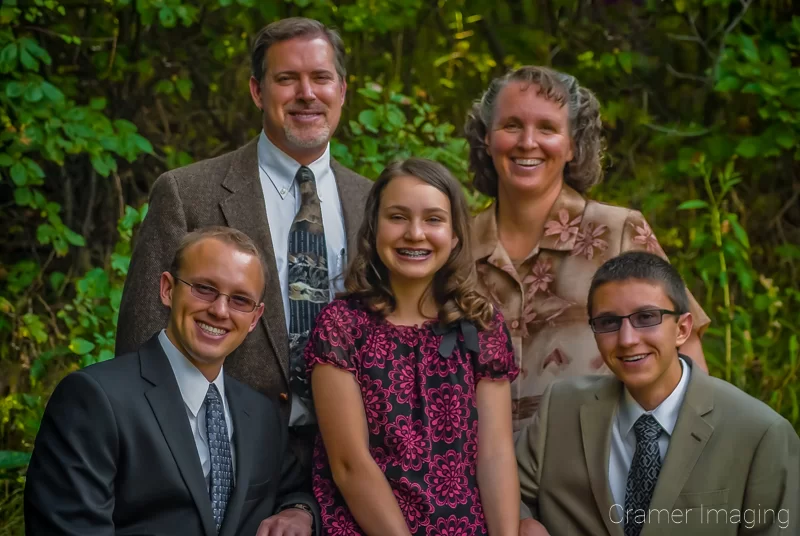
More About Photoshop “Magic”

Now, I do know that, in the right hands, Photoshop can render images which truly do look like magic. I’ve seen photographers take and carefully compile snippets of different photos and meticulously match lighting to create beautiful high fantasy scenes which you couldn’t easily duplicate in real life. There is some real artistry in there (both with photography and with photoshopping). However, this is not something that every photographer can do or wants to do. Also, as demonstrated above, most of the common “Photoshop magic” requests aren’t creating that deep fantasy style image.
So, is Photoshop magic? It is a tool and, like any other tool, is only as useful as the individual using it is skilled. Most people don’t posses the skills for using a chainsaw more than for simply trimming tree branches. However, in the right hands, one can make beautiful wooden and even ice sculptures with a chainsaw. The caveat is that the sculpture scale is large. A chainsaw, even in the right exceedingly talented hands, cannot produce a tiny but intricately detailed figurine only big enough to fit in a child’s hands. The chainsaw simply isn’t built for that kind of work.
Accordingly, there are some things which even Photoshop simply cannot do (especially that vanity request above). So, no. Photoshop is not magic. Now, let’s try and lay this photography myth to rest permanently.
4. Photographers Need Your Cast Off Frames
I run into this particular problem myself occasionally. There’s a reason why I included it on my list of photography myths. My very best hypothesis behind the myth is lack of education. For some reason, some people seem to think that photographers need and want their cast off picture frames (no matter the size or condition). This simply is not true.

I dive deeper into my reasoning behind this misunderstanding in my article titled “The Picture Frame Problem.” The TLDR of that article is that, while kindly intended, the gift of cast off picture frames merely turns your clutter problem into my clutter problem. No one wants to buy those frames from me. They especially don’t want the beat-up, dinged, peeling, passé frames which are nothing more than 4 pieces of wood loosely held together by nails or staples. So, please, let’s dispel this photography myth once and for all.
5. Any Photographer Can Perform Any Photography Job Equally Well
The particular myth really puzzles me. Of all the photography myths I list here, this one pursues me everywhere and appears with a simple introduction. All I need to do is tell people that I’m a photographer and several people start saying that they need to have some portraits done or that they know someone getting married. Most people seem to understand when I tell them that I’m a landscape photographer, not a wedding or portrait photographer. However, some still don’t understand. When that happens, I find myself explaining that, while I can TECHNICALLY perform the job, I’m not the best person for it. That’s the end of it.
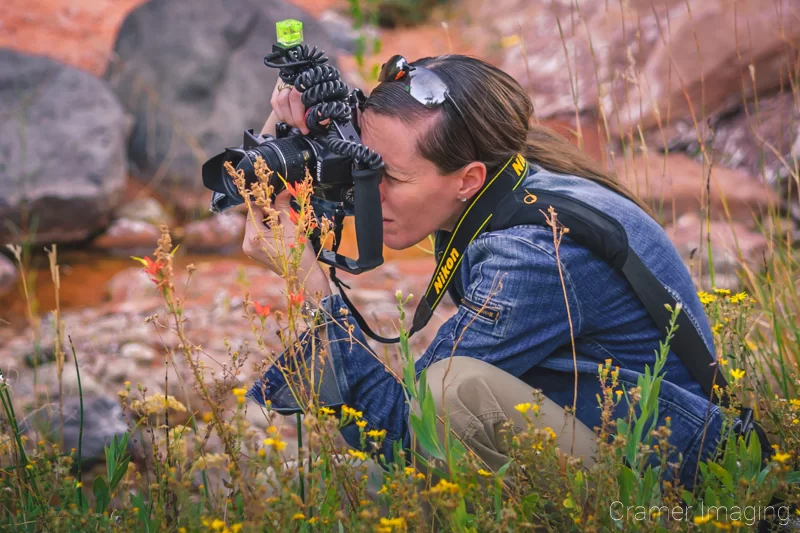
I think this photography myth also stems from poor education. Perhaps it comes from me not always specifying what kind of photography I pursue, although I often do. However, I want to lay this myth to rest as well. Let’s use a highly relevant analogy to try and explain the problem.
The Analogies
If you need a personal injury attorney because you sustained an injury at work, would you hire a divorce lawyer for the job? Certainly not. While a divorce lawyer could pull off a barely passable job, he or she would not immediately know the relevant and applicable laws surrounding the matter. Nor would this attorney know what to ask for as a settlement, whether or not the company was trying to screw you, or what hoops you must jump through and when to proceed through your case. That knowledge would require research and consultations with other members of the bar. In other words, it would take too much time and cost you too much money. Personal injury is not this lawyer’s specialty. In fact, a divorce attorney would probably reject your request for representation outright because of this.

Now for another example. If you found that you had a heart problem, would you seek out a urologist (a doctor who specializes in the kidneys and urinary tract)? Absolutely not. While this doctor must have studied the basics of the cardiovascular system in medical school (more in depth than a high school or college biology class), he or she pursued studying the kidneys and bladder instead as a specialty. It would take him or her a significant amount of time and research to come up to a passable level of knowledge on the cardiovascular system before being ready to attempt diagnosing the problem. By that time (depending upon what’s wrong with you), you might already be dead or significantly worse off than when you initially contacted the doctor for help. The urologist would be absolutely correct for referring you to a proper cardiologist instead.
How The Analogies Apply to Photography
Perhaps you’re starting to get the picture (pun sort-of intended). There are specialties in professions. Photography is not immune. There are lots of photographers out there who specialize in wedding photography, portraits (head-shots), landscapes/nature/wildlife, fashion, fine art, sports and action, stock photography, and more. Those are the big specialties. There are more smaller ones. Any photographer you run into who seems to be a generalist is probably still new at the craft.

Once you rise to a professional level as a photographer, you’ve specialized. While you can probably still do something passable in other specialties (genres), it won’t be much different than the examples above of law and medicine. In fact, you might find yourself incredibly disappointed by the photos I create because you had a different vision in your head than my skills can generate. This is especially devastating for one-time events such as weddings. I’ve turned away potential portrait and even wedding clients because that’s not my specialty.

Please do photographers everywhere a favor and ask what their specialty is before you embarrassingly start asking for services way outside their skill-set. Then, perhaps, we can take this myth off of the list of photography myths and lay it to rest.
Conclusion About Photography Myths
Sadly, I must conclude that these photography myths probably won’t die, in spite of my attempts to quell them. However, you can help put these photography myths to rest yourself by taking some time to educate those around you. Then, they will be less likely to perpetuate the myths further.
So, now I turn things over to you. What do you think about these photography myths? How do you plan on helping dispel them? Do you know any more photography myths which I should cover in a subsequent article? Please leave your thoughts in the comments section below.

